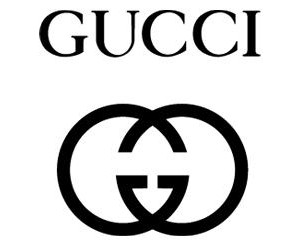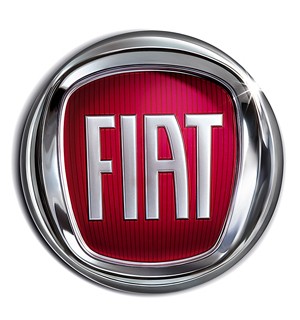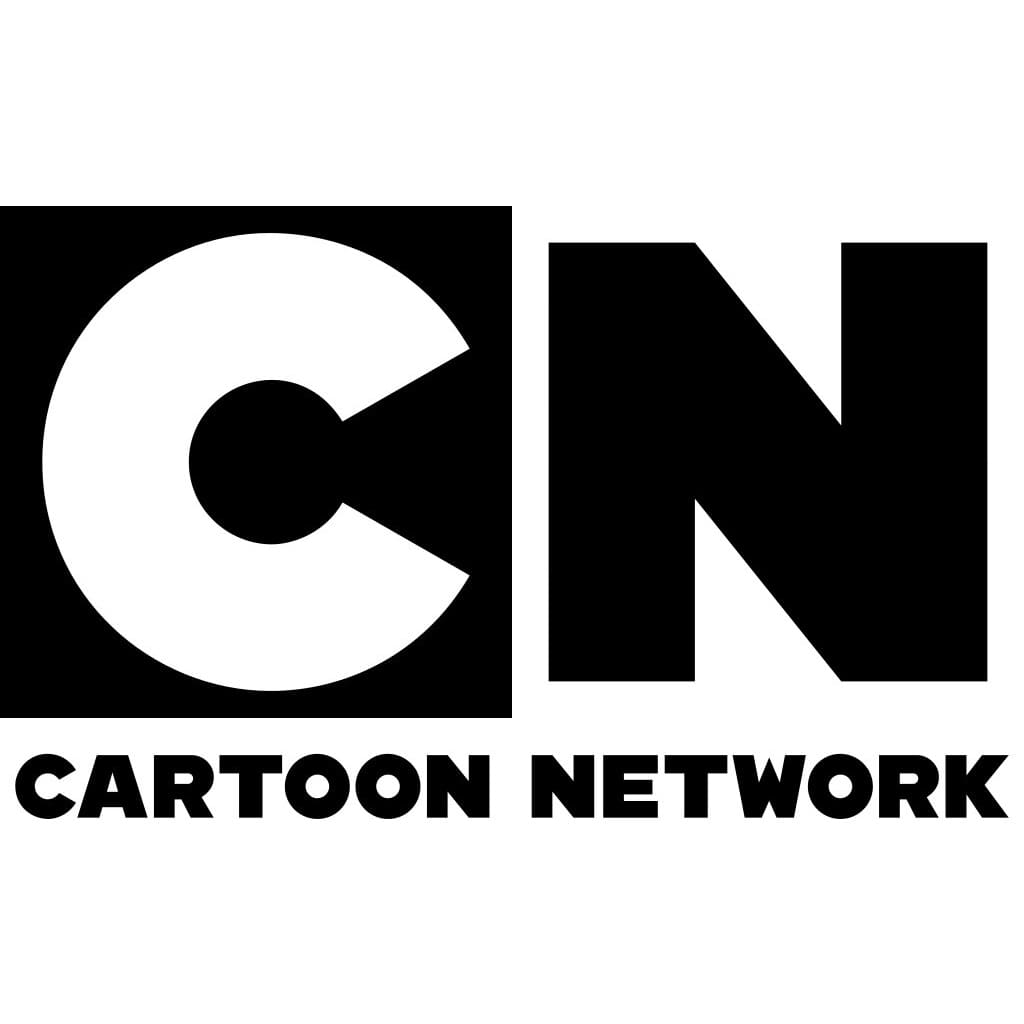YOU CAN Connect with me at Twitter Will you? 🙂
Founded in 1918 by five brothers from Poland, Warner Bros. Is the third-oldest movie making company still in existence in the United States, after Paramount and Universal Pictures. It’s logo, the WB shield has undergone many iterations, some of which have been more drastic than others. Still, it has retained its essential core of a WB “shield”.
History of the Shield
Like many logo designs, the WB shield started out originally a lot more complex than it is today. While it was a shield with the “WB” inscribed inside of it, initially the two letters only held domain over the bottom half of the shield. The top half contained a photograph of the actual studio. “Warner Brothers” was inscribed above the shield, while the bottom half contained the words “classic of the screen”.
Later, in 1926 this was changed to “production”. The logo has also incorporated the latest technology of the time. In 1929, the logo underwent two major changes. First, the picture of the studio was dropped in favor of having both letters fill the entirety of the shield. Next, a pennant, tri-sected to suggest a breeze, with the words “Warner Bros. Vitaphone productions” was added to show that the studio had incorporated sound into movies (not sound in and of itself, but music to be played along with the film). While this showed that Warner Bros was adopting to the times, it also resulted in a rather busy logo.
The next design in 1936 would be far less busy, though the clouds that appeared behind the shield kept some distinction. The tall design of the shield stretched out the letters inside, a distinction that was stretched out in later versions. Still the shield has almost always played a role in the logo (in 1972-1983 the shield was removed in place of a simple W) and the final design as it exists today.
Warner Bros Design
Today, the design of the shield is colored in gold with a blue background The words “Warner Bros. Pictures” appear in a wrapping around the shield itself (the words may vary slightly depending upon which branch of Warner Bros is producing), but do not terribly interfere with the letters WB. But what’s most noticeable about the logo is the CGI animation that has been added of a studio lot that ripples while background music plays before the image turns to that of a three-dimensional shield.
The music connotates a certain nostalgia for Hollywood’s golden age (further enhanced by the gold of the logo itself) and Warner Bros tradition, yet the design itself implies the embracing of modern technology.
The internal shading of the shield is rather intricate, giving the suggestion of depth to the letters. But its overall design is relatively simple, which does not force the viewer to expand much effort in remembering the logo. Thus it keeps things simple for the casual viewer yet allows the company to play with the logo (hence the effects).






